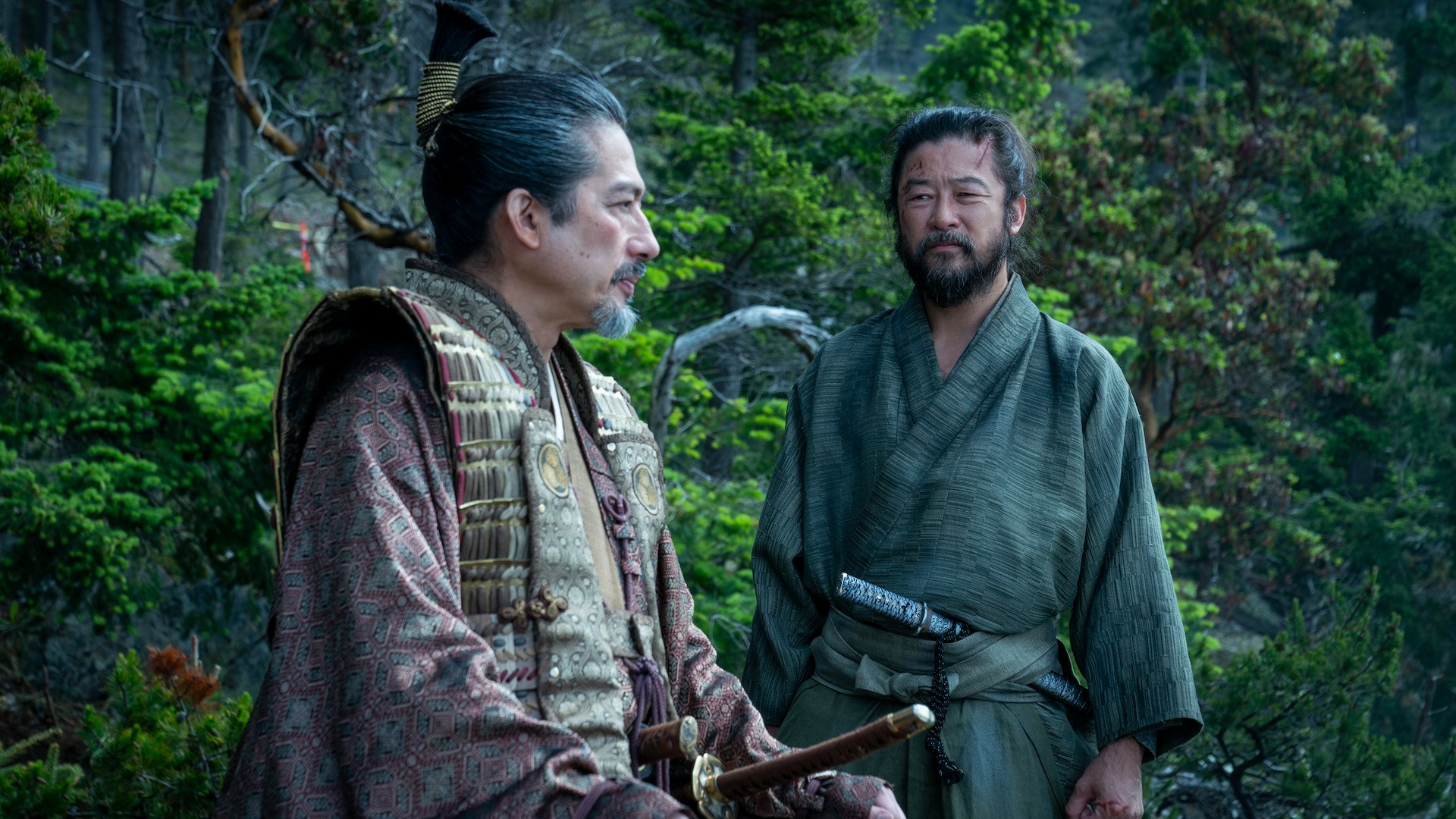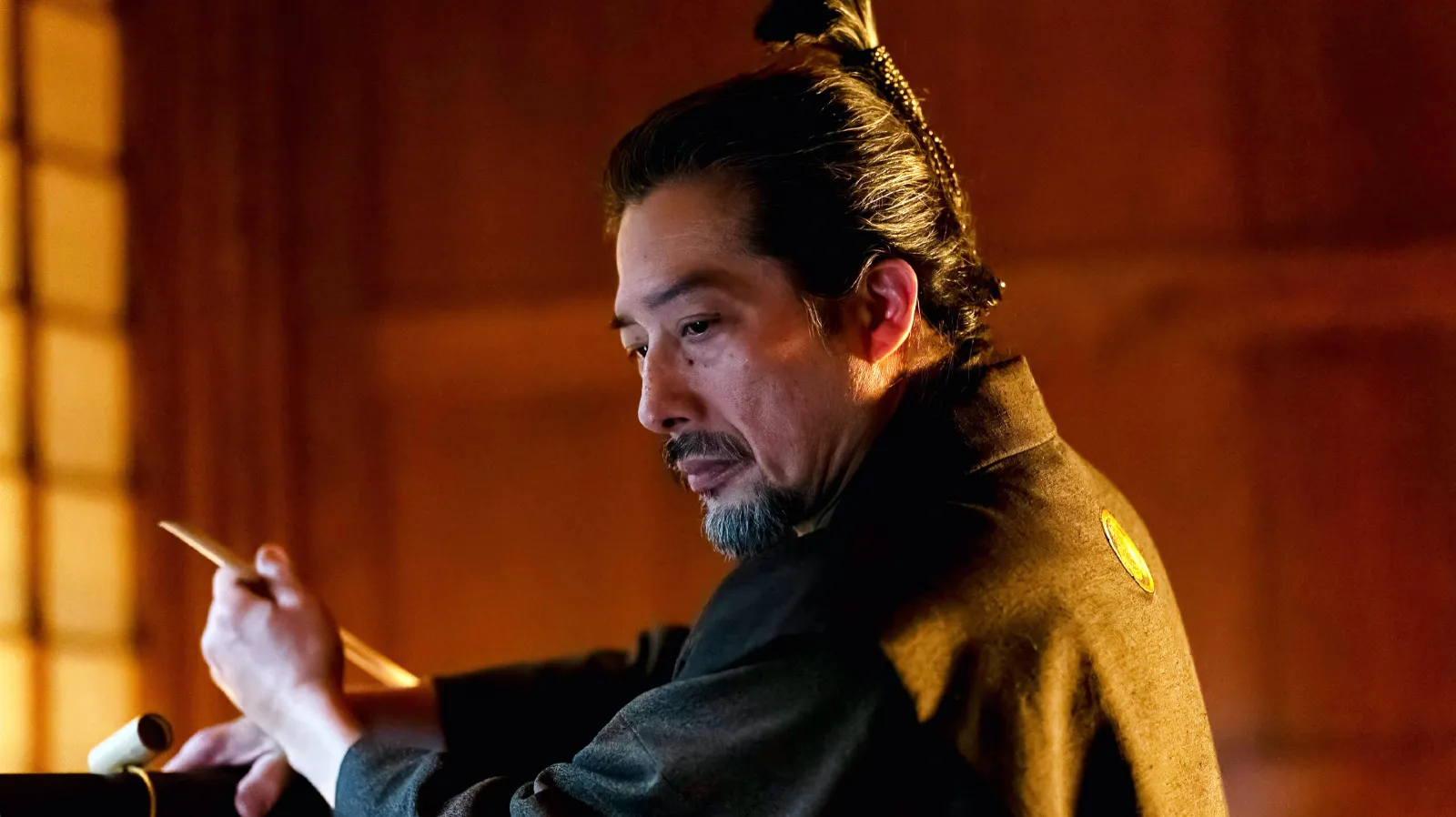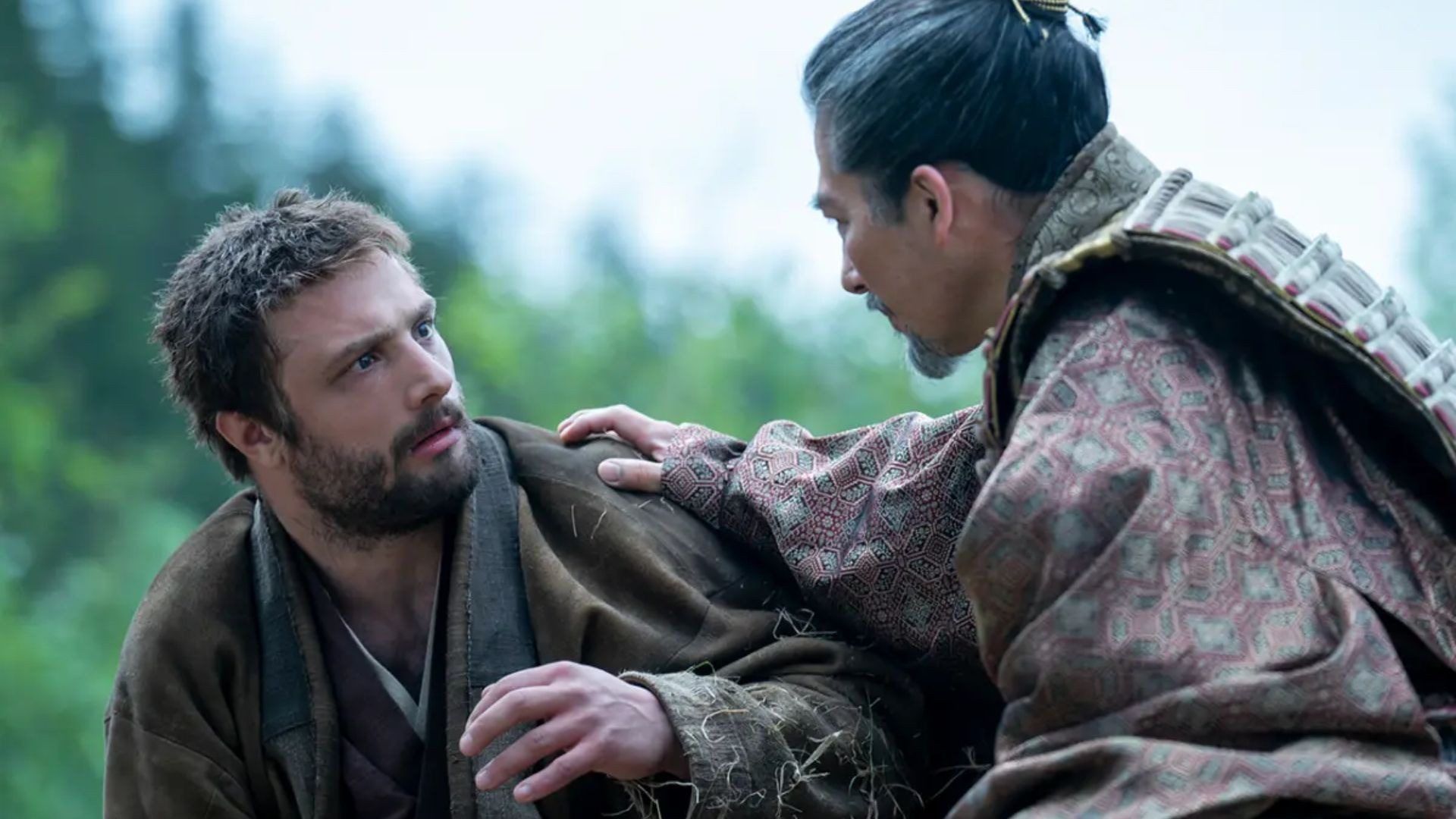With “Shōgun,” it’s quite hard not to feel a bit disappointed by the finale. The novel and TV show seem to promise a grand, climactic battle, but by the end, that’s not what we get. For most of the story, it’s built up as the story will lead to a big war that determines the outcome of the political conflict.
Characters often discuss this battle, hinting that the show is gearing up for a showdown to crown Toranaga as the Shōgun. However, as the story progresses, it’s clear that the climactic battle is not what’s going to happen. Instead, we see a sequence of anti-climaxes.

Blackthorne’s ship, which was supposed to bring fire to the Portuguese ships, is burned off-screen. Yabu, after multiple episodes of scheming, is exposed for his betrayal and is ordered to commit Seppuku. He does so without any resistance.
Blackthorne and Buntaro, who had been at odds, simply reconcile. Perhaps most shocking of all, Toranaga reveals that the war has already been won through negotiation, and the battle will happen later, but it’s more or less a done deal.
The show’s refusal to follow through with the expected battle is a bait-and-switch, something like Toranaga’s strategic deception. Despite the anticlimax, the story works, mainly because of one key character.
Mariko Takes Centre Stage
It becomes clear that “Shōgun” is essentially Mariko’s story. Even in the book, Mariko, a Christian Samurai, starts just as the bridge between Blackthorne and Toranaga. Initially, she’s a tool to help the men communicate better.
While many historical fiction stories may feature similar fish-out-of-water story and cunning characters, it’s unusual for a novel to revolve around a translator. As the story progresses, it becomes evident that Mariko is not merely an accessory, but the actual protagonist.
Her tragic and heroic arc is what truly shapes the political conflict in the story. Yet, the ending of the book feels slightly off. One reason for this is that James Clavell struggled to fully capture the Japanese characters’ viewpoints. Also, it took a while before Mariko’s full role as the protagonist was clear.
It’s almost 200 pages before she is introduced to Blackthorne, and another 100 before her importance in the story is understood. This makes the FX mini-series adaptation’s approach so brilliant. It wasted no time in presenting Mariko as a central character right from the start.
We learn early on about her troubled marriage and suicidal thoughts—insights that are only revealed much later in the book. The series also made it clear that Mariko wasn’t just a main character but the main character.
By the time she dies, the viewers know the story has come to an end, and we see how her life changed the lives of those around her.
A Major Change in Shōgun’s Ending
The series finale of “Shōgun” doesn’t only serve as a concluding note but also highlights a crucial transformation in Blackthorne.
In the TV show, Blackthorne nearly commits Seppuku in protest against Toranaga’s mistreatment of the villagers, a scene that had been anticipated by book fans but placed much later in the TV adaptation. In the novel, this moment happens much earlier, but in the show, it works as a fitting conclusion to his arc.
Blackthorne’s near-suicide serves as a turning point, indicating that he is beginning to understand one of the core values of Japanese feudal culture. However, the scene’s positioning in the show makes sense because it’s the culmination of Blackthorne’s character development.
It also serves as a rejection of the typical “white savior” trope, something the series consciously worked to subvert. As for Toranaga, the show gives him a chance to monologue with Yabu about how he intends to take down Ishido, which is a welcomed addition to the story.
This scene shows that while Toranaga never fully trusted Yabu, he respected his cunning and gave him a final, if ironic, gift of knowledge. Even though Yabu’s fate was sealed from the start, Toranaga’s gesture offers some dignity in his final moments, avoiding the typical revenge arc that might have been expected.
What Makes Shōgun (and The Iliad) Work
“Shōgun” succeeds because it understands that the political maneuvering is far more engaging than any actual battle. It shares similarities with other successful historical dramas and epic fantasy stories, such as the early seasons of “Game of Thrones,” which captivated audiences despite the minimal physical action.
The characters’ manipulation of each other with words is much more thrilling than physical conflict, as seen when Toranaga’s son falls victim to his deceptions. “The Iliad” succeeds because it never loses focus on the brutal, senseless nature of war.
Had it ended with the sack of Troy, it might have been mistakenly seen as a glorification of war. Instead, the story ends in sorrow, with the mourning of those lost and the anticipation of even more death. The trick with the wooden horse wouldn’t have matched the tone of the story.
For “Shōgun,” the story is all about patience and endurance. It emphasizes the importance of strategy, not rash emotions.
From the start, Toranaga made it clear that he wouldn’t go to war unless he was certain of his victory, and thus, the grand battle sequences that might have worked in other stories would have been unfit for this story narrative. Though the finale wasn’t flashy, it was the most appropriate way to end “Shōgun.”
Insights from the Creators About Shōgun’s Finale
In an interview with Slate, the creators of the “Shōgun” series explained that part of their goal was to undercut the traditional “white savior” trope by shifting Blackthorne’s attempted Seppuku to the finale.

Justin Marks explained that this scene, which carries a lot of weight in the book, was originally placed much earlier, but they moved it to the finale to give it more emotional impact. Marks also discussed Mariko’s character arc, revealing how the love story with Blackthorne was not the main focus in the show.
Instead, her journey was about fulfilling her own destiny, which, while tragic, was also a victory. Her story becomes a triumph that contrasts with the many other characters, especially the women, who are denied such victories.
Understanding the Finale’s Opening Scene
A point of confusion among viewers was the opening scene of the season finale, which seems to show an elderly Blackthorne back in England, reflecting on his life. Though it’s clear that this isn’t a true flash-forward, some fans were unsure.
The creators explained in their Slate interview that the opening sequence was designed to create ambiguity. Initially, it frames Blackthorne’s story as a look back on his life filled with regret, but as the sequence unfolds, it becomes clear that it’s a vision of the future Blackthorne could have had—one where he remains unbroken and shallow in his understanding of Japan.
The final moments of the episode, where Blackthorne accepts his fate in Japan, signify that this potential future has been avoided. Rachel Kondo, one of the creators, emphasized the difference between Blackthorne’s desire for freedom and Mariko’s acceptance of her own destiny.
This theme of accepting one’s fate rather than striving for control is central to the show’s final moments. Blackthorne is no longer the master of his destiny; he’s learned to accept the pattern of events in his life.
Marks also discussed how Blackthorne’s journey symbolizes the restoration of purpose, yet he’s finally freed by allowing himself to submit to Toranaga’s rule.



